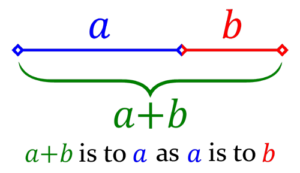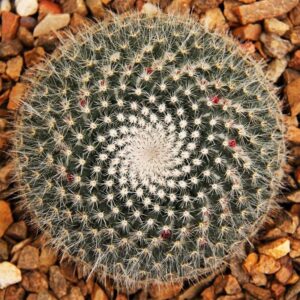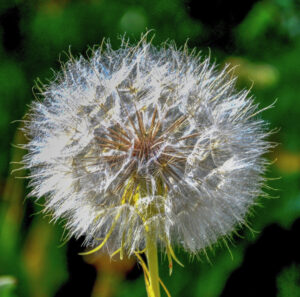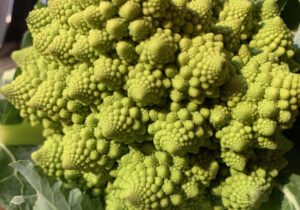The notion of elegant design–of symmetry and balance–is one we at Geometry Wines find inspirational, and one we have thought about for quite a while. As a result, a core part of the Geometry brand identity is rooted in this notion, and we have done our best to follow the example from nature that we all admire so much. The “O” in our Geometry name is an echo of the Greek letter phi (Ф), which is also a symbol of the Golden Ratio.
We love the idea of the Golden Ratio, and this notion is never far from our thoughts as we make everyday decisions about our wines. In mathematics, two quantities are in the golden ratio if their ratio is the same as the ratio of their sum to the larger of the two quantities, as in this diagram:

The golden ratio is also called the golden mean or golden section, and other names include extreme and mean ratio, medial section, divine proportion, divine section, golden proportion, golden cut, and golden number.
This golden ratio is in turn related to numbers in a “Fibonacci series,” which sum the last two numbers in a sequence, like this: 0, 1, 1, 2, 3, 5, 8, 13, 21, 34, 55, 89, 144… and so on. Each number is the sum of the two numbers that precede it.
This sequence is seen in virtually every facet of nature . . . for example, the lily has 3 petals, buttercups have 5, clematis flowers have 8 petals, the chicory has 21, and a daisy usually has 34 or 55 petals. And if you take a close look at a sunflower, you’ll notice a series of curves spiraling in different directions. These spirals generally fall into Fibonacci pairs, like 21 and 34, 34 and 55, or 55 and 89. Pinecones, pineapples, palm fronds, and many other living things show similar patterns.
We can see examples of this golden ratio nearly everywhere we look . . .















